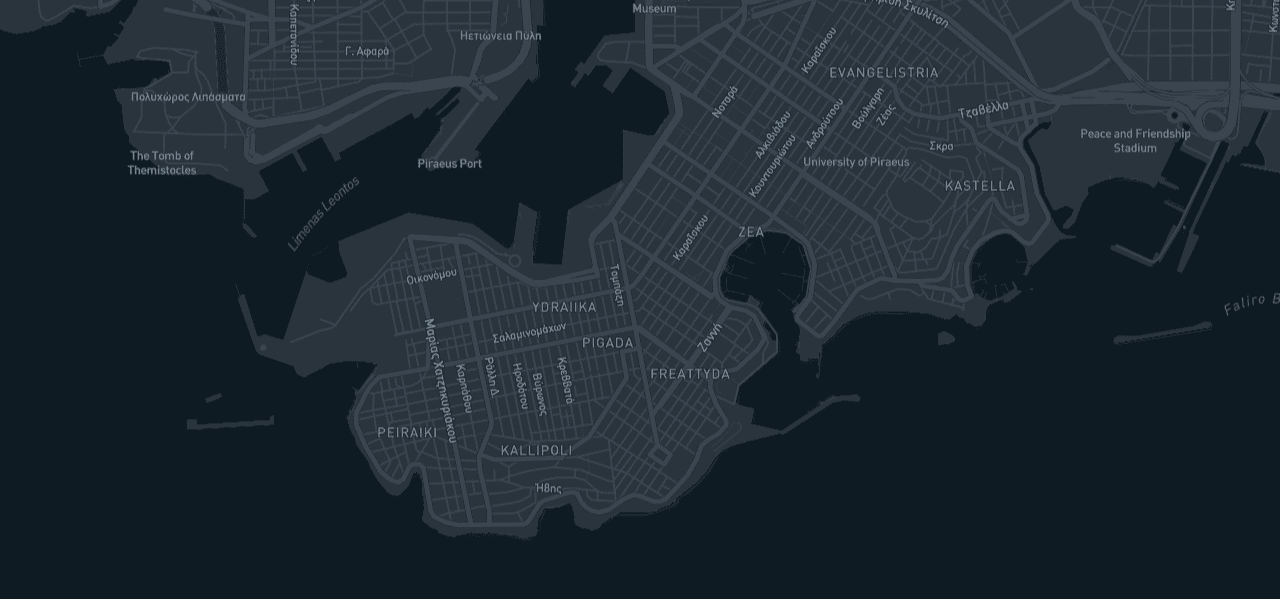Overview
Safety and Efficiency of Mooring Operations are of paramount importance, for both Wet and Dry Cargo Vessels. In line with the latest IMO MSC requirements, as well as latest OCIMF Marine Equipment Guidelines (MEG4), all ships need to be equipped with a Mooring Systems Management Plan and a Line Management Plan (MSMP&LMP).
Additionaly, both OCIMF and RIGHTSHIP have introduced a necessity for proper calculation of Ship Design Minimum Breaking Load (SDMBL), setting a requirement for an updated SDMBL Study for Bulkers and Tankers.





